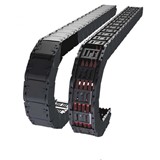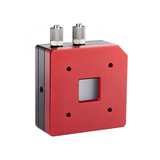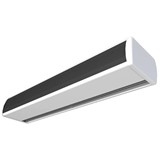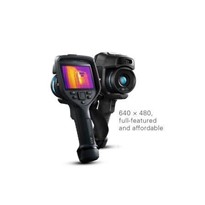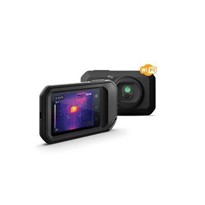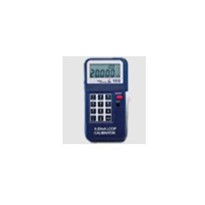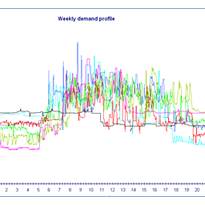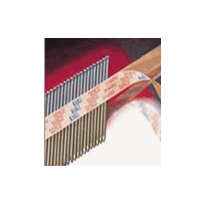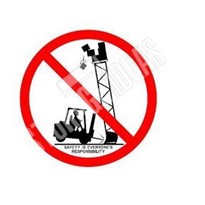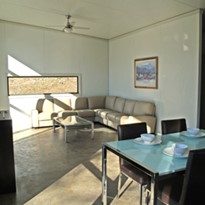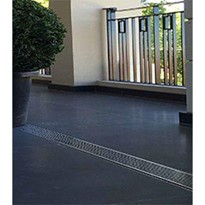Heat loss can account for up to 50% of total energy consumption in a building. Reducing and eliminating air leaks is typically the most cost-effective method for reducing energy costs while improving building durability and occupant comfort.
But how does one go about finding those leaks, let alone addressing them? That process begins with an energy audit—a building assessment designed to detect and record the current energy consumption of the building and to identify areas where the building can become more energy efficient. An audit can reveal minor inefficiencies—easily remedied with simple fixes such as adding weather stripping around windows—or help locate potentially larger issues before they become expensive to remedy.
Conducting an effective energy audit requires (a) knowing the building in question, (b) acquiring the right tools for the job, and (c) an understanding of building design and its overall environment.
Know the Building
An important factor to consider before jumping into an energy audit is gaining an understanding of the building in question.
Consider the history. Key questions to ask and determine are: the general age of the structure, its history of rehabilitation, and any other events that changed or affected the function of the building. That information can provide crucial context during the course of the audit, especially as part of the due diligence required in purchasing real estate.
Examine the materials. What materials were used to construct the building and/or rehab the structure inside and out? Are there known areas where such materials typically begin to degrade and invite outside air to enter?
Tools of the Trade
Often, major energy efficiencies in a building are invisible to human senses. This requires the use of specialized tools to detect the source of air leakages and energy inefficiency. Chief among these tools is thermal imaging. The ability to detect and visualize infrared (heat) energy is the single most effective method to locate potential energy problem areas.
For homeowners, the FLIR ONE Pro and FLIR ONE Pro LT thermal camera attachments for Android and iOS devices offer a cost-effective solution for conducting seasonal home energy audits. For professionals, the standalone C3-X, C5, Ex-Series, or Exx-Series thermal imaging devices provide a level up with increased battery power, along with more features and a ruggedized form factor to handle repeated use, day in and day out.
However, the ability to detect “cool” spots with a thermal camera within a home does not necessarily mean that a cool spot is an air leak. It could also be moisture that has entered the building from the outside, or from a leaking pipe or shower drain.
In these situations, FLIR recommends the use of a moisture meter to confirm water intrusion. Undetected water leaks within a building can result in catastrophic damage along with increased danger to occupant health by promoting mold growth. The FLIR MR160 offers both pin and pin-free moisture detection along with a built-in thermal camera to help quickly identify areas for further testing and remediation.
Understanding Building Design
Historical knowledge of the building in question along with the right tools can help anyone quickly locate potential issues. However, to conduct a truly comprehensive energy audit, the inspector must possess a basic understanding of building design and external factors that can affect a building’s performance.
Every building is constructed with controlled air flow in mind to increase the comfort of its occupants and for general occupant safety. Understanding the basic engineering of the building design can help guide the auditer to determine where uncontrolled air leakage is occurring.
Furthermore, outside weather can play a significant role in conducting an accurate energy audit. Significant contrast between the outside air temperature and the indoor air temperature provides the best scenario to locate potential problem areas. However, the weather can also work against an accurate audit, even with significant temperature contrast.
Troublesome weather factors include solar loading and wind. Solar loading can help camouflage potential issues, especially on the sides experiencing direct sunlight. Similarly, wind can temporarily hide more issues by washing out the air pressure differences between inside and outside air, making detecting air leaks with a thermal camera significantly more difficult than in calm weather.


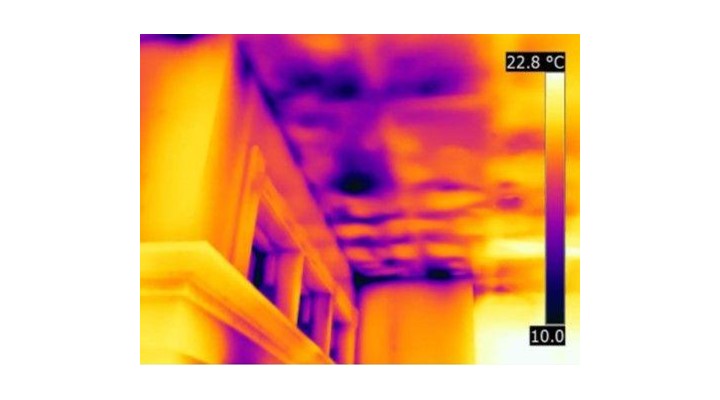
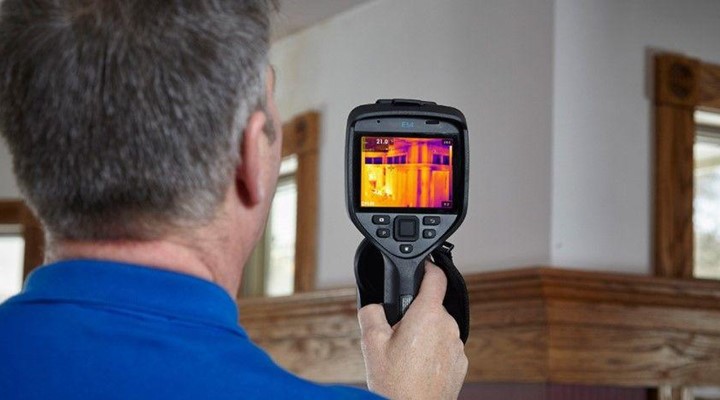

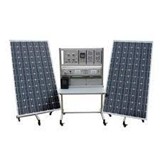


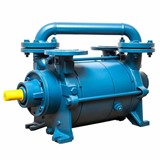


-160x160-state_article-rel-cat.png)

